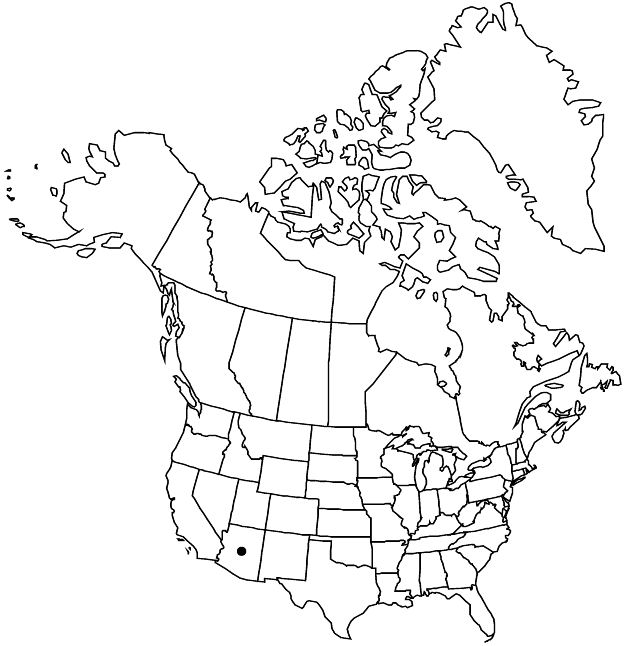Euphorbia gracillima
Proc. Amer. Acad. Arts 21: 438. 1886.
Herbs, annual, with slender taproot. Stems erect to ascending, 5–25 cm, glabrous. Leaves opposite; stipules distinct, subulate-filiform, entire, 0.3–0.5 mm, glabrous; petiole 0.4–0.9 mm, glabrous; blade narrowly oblong to linear, often slightly falcate, 2–15 × 0.3–0.8 mm, base symmetric to subsymmetric, rounded to attenuate, margins entire, thickened and often revolute, apex acute to obtuse, surfaces glabrous; only midvein conspicuous. Cyathia solitary at distal nodes; peduncle 0.1–0.9 mm. Involucre turbinate, 0.4–0.5 × 0.4–0.6 mm, glabrous; glands 4, yellow to pink, oblong to slightly reniform, (0–)0.1–1 × 0.1–0.2 mm; appendages white to pink, ovate to oblong, 0.2–0.4 × 0.1–0.3 mm, distal margin usually entire, rarely emarginate. Staminate flowers 5–12. Pistillate flowers: ovary glabrous; styles 0.1–0.2 mm, 2-fid 1/2 length. Capsules broadly ovoid, 1.1–1.4 mm diam., glabrous; columella 0.8–1.1 mm. Seeds orange to tan or reddish brown, narrowly ovoid, 4-angled in cross section, 0.9–1.1 × 0.5–0.6 mm, smooth.
Phenology: Flowering and fruiting late summer–fall.
Habitat: Rocky slopes and dry washes in desert scrub.
Elevation: 600–900 m.
Distribution

Ariz., Mexico (Chihuahua, Jalisco, Sinaloa, Sonora).
Discussion
Euphorbia gracillima occurs from south-central Arizona (Pima and Pinal counties) south through northwestern Mexico.
Selected References
None.